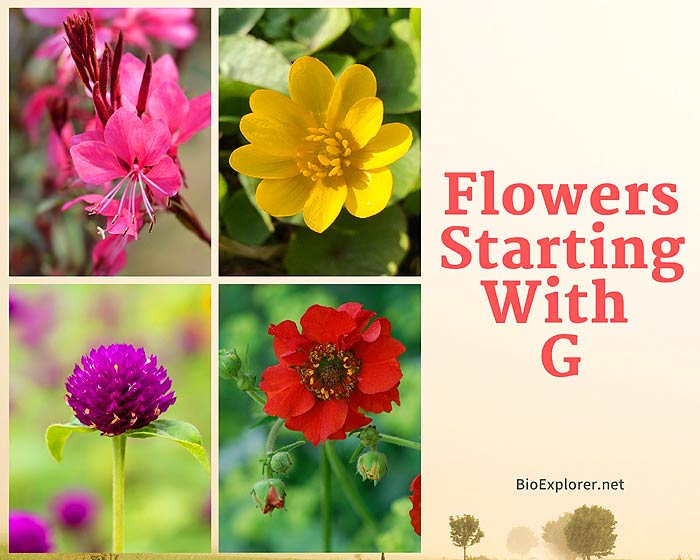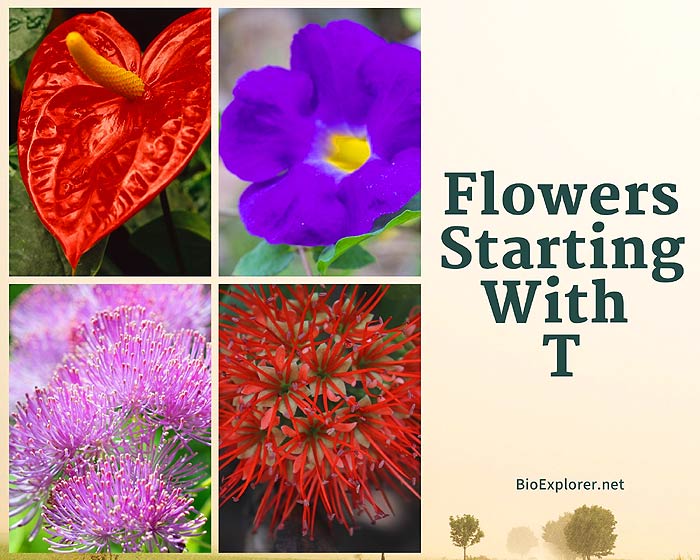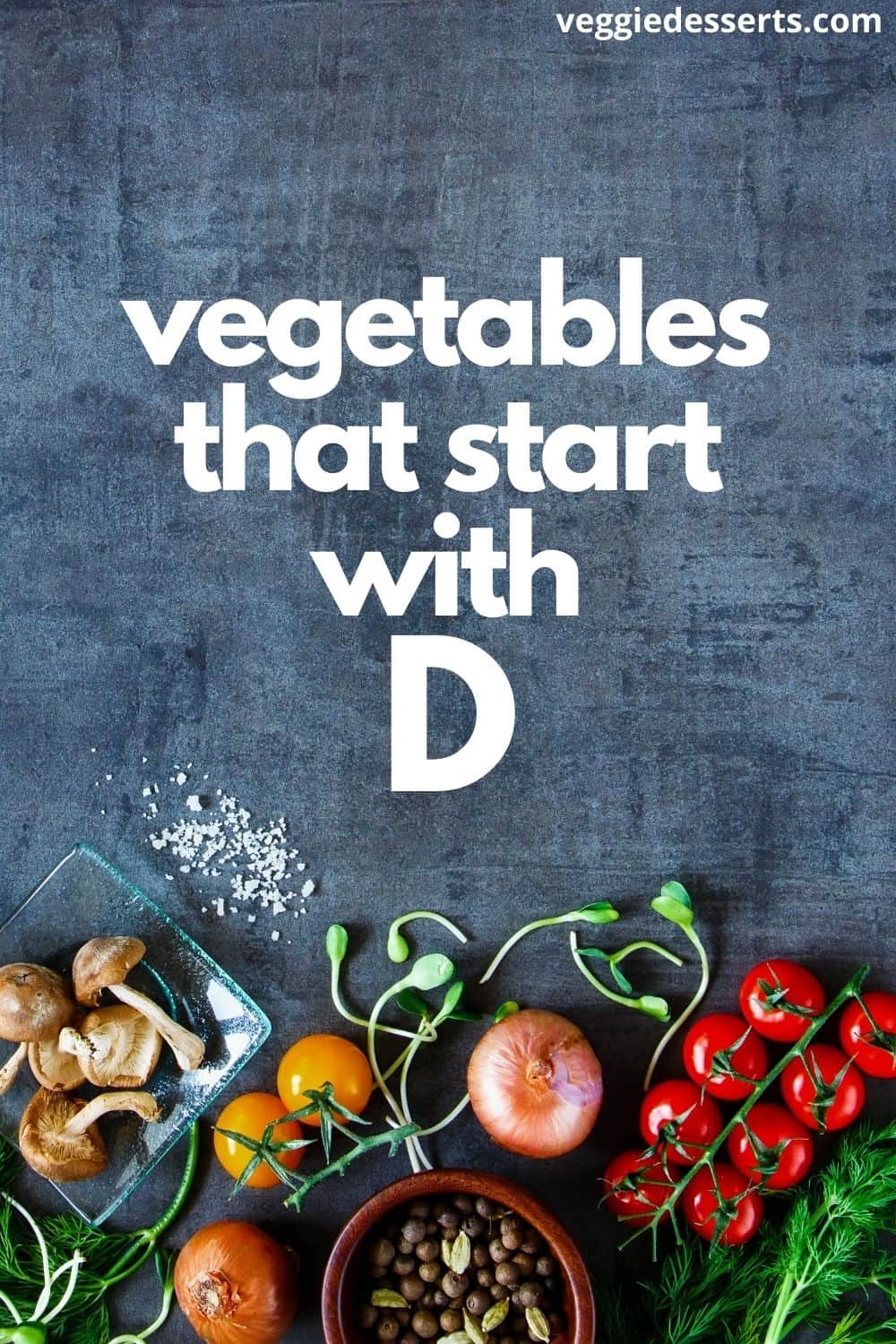Flowers That Start With D
1. Dahlia
2. Daisy
3. Delphinium
4. Dianthus
5. Daffodil
6. Dogwood
7. Donkey Orchid
8. Dutchman’s Breeches
9. Dendrobium
10. Dracula Orchid
11. Dandelion
12. Daylily
13. Dragon’s Mouth Orchid
14. Dipladenia
15. Desert Marigold
16. Dendrobium Kingianum
17. Diascia
18. Dicentra
19. Douglasia
20. Dame’s Rocket
21. Dendrobium nobile
22. Doritaenopsis Orchid
23. Drimiopsis Maculata
24. Dodder Vine
25. Dahlia ‘Bishop of Llandaff’
26. Dendrobium Spectabile
27. Desert Lily
28. Drumstick Alyssum
29. Drosanthemum
30. Dryas Octopetala
More About Flowers That Start With D
Welcome to our exclusive collection of floral wonders, where we explore the enchanting world of flowers that begin with the letter “D.” From delicate daffodils to dazzling dahlias, these blossoms embody the diversity and beauty found in nature’s abundant palette.
Flowers have long mesmerized us with their exquisite colors, captivating fragrances, and unique shapes. They have been synonymous with joy, love, remembrance, and countless other emotions throughout human history. Each flower is a masterpiece in its own right, carrying its own symbolism and narrative.
Daffodils, with their vibrant yellow and white hues, are among the most iconic and cheerful flowers we encounter during the spring season. These trumpet-shaped gems symbolize renewal, new beginnings, and the optimism associated with the changing of seasons. Their gentle fragrance serves as a delightful accompaniment to their bright display, truly embodying nature’s way of welcoming spring.
Delphiniums, often referred to as “larkspurs,” grace gardens and meadows with their extraordinary beauty. These towering beauties are known for their vertical growth, showcasing an array of colors that encompass dazzling shades of blues, pinks, and purples. Delphiniums are said to symbolize grace and dignity, with their elongated flower spikes swaying gracefully in the breeze, creating a sight that is nothing short of breathtaking.
Daisies, with their timeless simplicity and delicate petals, are beloved by many. These charming flowers can be found in a multitude of species, ranging from the classic white petals surrounding a golden center to vibrant Gerbera daisies that exude energy with their bold and striking colors. Symbolizing purity, innocence, and new beginnings, daisies have long been associated with optimism and positivity, making them a popular choice for bouquets and floral arrangements.
Dahlias, native to Central America, are celebrated for their intricate and diverse forms. With their dynamic range of sizes and colors, these show-stopping blooms never fail to capture attention. Whether it’s the dinner plate-sized blossoms in vivid reds, the intricate cactus dahlias with their spiky petals, or the petite pompon dahlias resembling fluffy balls of joy, each variety offers its own distinct beauty. Dahlias symbolize inner strength, creativity, and elegance, making them a perfect choice for those looking to convey a meaningful sentiment through flowers.
Drumstick Alliums, with their whimsical and distinctive appearance, are truly a sight to behold. Resembling giant, purple-hued lollipops atop long, slender stems, these unique flowers bring a touch of whimsy to any garden or floral arrangement. Known for their ornamental value, drumstick alliums add texture and visual interest to landscapes, showcasing nature’s ability to surprise and delight us with its wonders.
As we embark on this journey through the floral offerings that start with “D,” let us appreciate the rich tapestry that nature weaves. Inspired by the intricate designs, vibrant colors, and evocative scents, we invite you to join us in exploring the secrets and stories hidden within each petal. Whether you are a gardening enthusiast searching for inspiration or a flower lover seeking the perfect gift, our collection of “D” flowers is here to enchant, educate, and inspire you.
Flowers That Start With D FAQs:
1. Q: What are some popular flowers that start with the letter “D”?
A: Some popular flowers that start with “D” include daisies, dahlias, delphiniums, daffodils, and dogwood flowers.
2. Q: Do daisies come in different colors?
A: Yes, daisies are known for their beautiful variety of colors, including white, pink, yellow, and even bi-colored petals.
3. Q: Can I grow dahlias in pots?
A: Yes, dahlias can be successfully grown in pots as long as the pot is large enough to accommodate their size and the soil is well-draining.
4. Q: Are delphiniums suitable for cutting and arranging in bouquets?
A: Absolutely! Delphiniums are often used in floral arrangements and bouquets due to their tall spikes of clustered flowers and vibrant colors.
5. Q: When is the best time to plant daffodil bulbs?
A: Daffodil bulbs should generally be planted in the fall, preferably a few weeks before the ground freezes to allow them to establish their roots before winter.
6. Q: What are the characteristics of dogwood flowers?
A: Dogwood flowers are typically small, with four distinct petals that range in color from white to pink or red. They are often associated with ornamental trees.
7. Q: Can dahlia flowers withstand hot weather?
A: Dahlia flowers are generally heat-tolerant; however, providing them with adequate water and some shade during the hottest part of the day can help maintain their health and vitality.
8. Q: How do I care for daisies to ensure longevity?
A: To care for daisies, make sure to provide them with regular watering, well-draining soil, and deadhead the spent blooms to encourage further flowering throughout the season.
9. Q: Can delphiniums attract pollinators like bees and butterflies?
A: Yes, delphiniums are known to attract various pollinators such as bees and butterflies due to their nectar-rich flowers and vibrant colors.
10. Q: Are daffodils safe for pets?
A: While daffodils are generally safe for humans, they can be toxic to cats, dogs, and other pets. It is best to keep them out of reach or opt for pet-friendly flowers if you have furry companions in your home.















